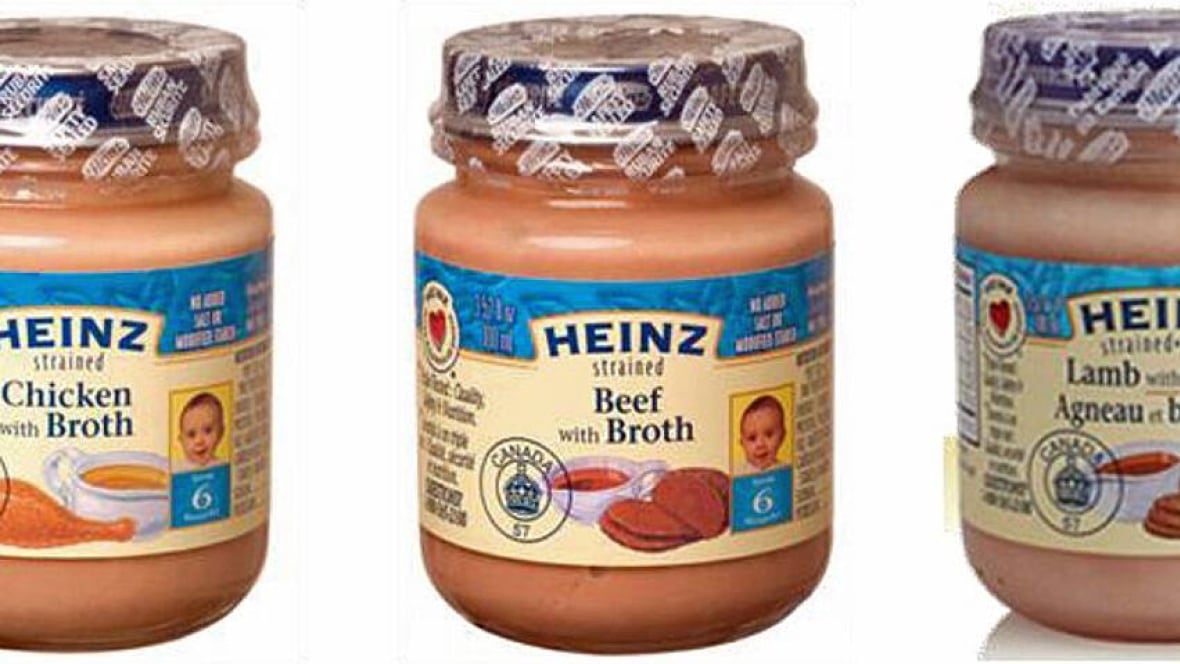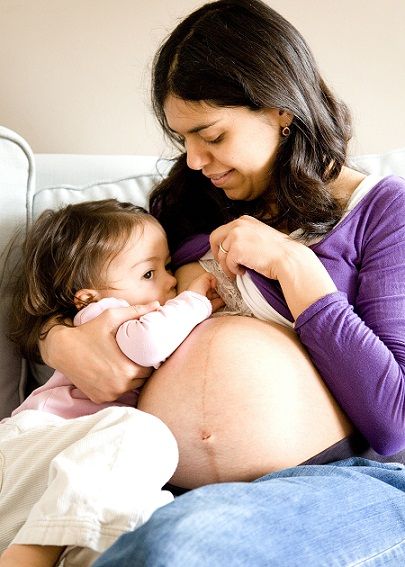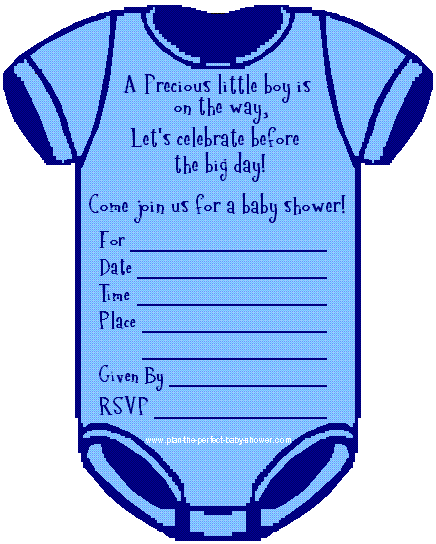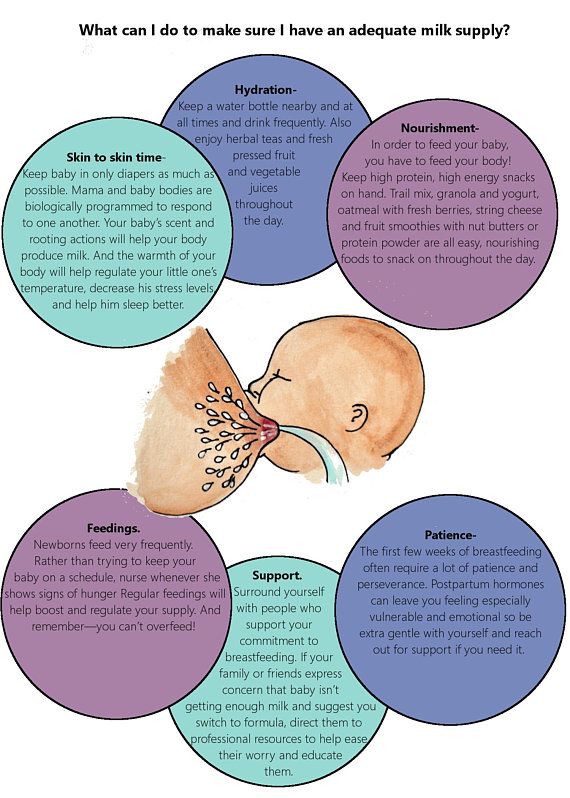What kind of milk to feed baby raccoons
What Do Baby Raccoons Eat?
So you finally have your pet raccoon. You are now ready to start your adventure of raising a baby raccoon. So as you arrive home with your new pet, eager to take care of him, this is the first question you need to answer: What do baby raccoons eat?
If you wanted a head start on your relationship, you probably bought a raccoon that is still on the bottle, which means a very young raccoon. Purchasing a raccoon that is still on the bottle is necessary for the bonding process. But taking care of these critters is in itself a challenging and demanding task. You need to establish a friendly relationship with the animal from an early age. Such an approach will prove beneficial in the long run and you will experience fewer problems with your pet.
What To Feed Baby RaccoonsThis is your first encounter with the demanding task of having a pet raccoon. The question, “what do baby raccoons eat”, is quite simple: powdered milk with high fat content. Just keep in mind this important information — never feed your little raccoon whole milk.
If the food your new pet requires is quite simple, the how and when of feeding are a different story.
For about the first seven weeks of life, you need to feed the baby raccoon up to five times a day. To feed him at regular intervals, you will even need to wake up during the night and respond to his pleas for food.
How much food do baby raccoons eat? While they are nursing, they may easily overfeed. You must give your raccoon just enough to feel that his belly is full. Do not wait until he starts to refuse the milk because this is a sign that he has already had too much.
After each feeding you should burp the raccoon, and at the same time, using a cotton ball soaked in warm water, massage the genital area to help him relieve himself.
The first few weeks will definitely be an amazingly busy time for you and your new pet raccoon. But after the first few weeks, the baby raccoon will be ready to get into some solid foods.
Weaning a raccoon is not difficult, though some individuals may be harder to bottle-break than others.
When you see that your pet is big enough, usually around the seventh or eighth week, you can start to introduce some of the foods raccoons will eat as an adult.
After the bottle, your raccoon will begin to show his omnivorous side, and he can start to eat almost any kind of food. Even so, you should introduce the food gradually. You might, for instance, add baby cereal to the milk or give him a soft food like fruit that he is able to chew.
What Do Baby Raccoons Eat After WeaningAfter your baby raccoon has been weaned, the task of feeding the animal will still be demanding. It may be easier than bottle-feeding, but controlling your pet’s diet will always be your responsibility.
Raccoons living in the wild can eat practically anything, and their diets are pretty variable. The wild raccoon diet depends on the animal’s personal instincts and the different seasons and habitats he is dealing with. In contrast, a pet raccoon cannot make his own decisions about food. He is completely dependent on you.
The wild raccoon diet depends on the animal’s personal instincts and the different seasons and habitats he is dealing with. In contrast, a pet raccoon cannot make his own decisions about food. He is completely dependent on you.
You cannot treat your raccoon like a dog or a cat; it is not that simple. These common pets can survive on canned food, but not your pet raccoon. He may love cat or dog food in the can, but feeding him only that is not healthy for the animal. Make sure to give your pet a variety of food items daily and to choose the healthiest ones.
What Do Baby Raccoons Eat?
As an Amazon Associate I earn from qualifying purchases.
Raccoons, like most other mammals, are excellent parents. They care for their young with diligence. When raccoon babies are born, the adult female raccoons leave the nest to forage for food to help them produce enough milk to feed their young. The babies are able to leave the nest after approximately 12 weeks of nursing.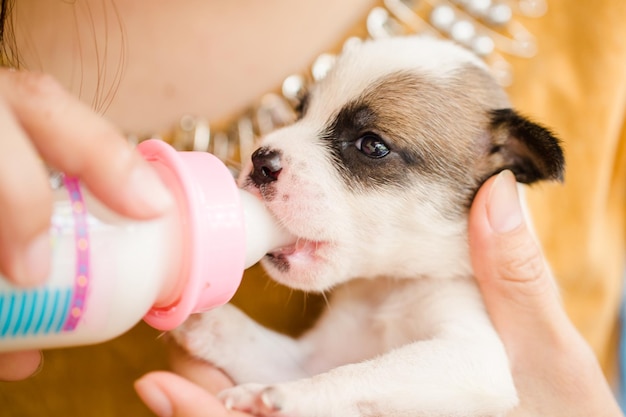 They’ll learn how to forage for food and where to search from their mother during this time.
They’ll learn how to forage for food and where to search from their mother during this time.
After nine months, baby raccoons are totally dependent on their mother for survival. The mother raccoons produce up to nine pups. She will only have two remaining after nine months, and she will look for a new partner in the winter to start another litter.
If you’re thinking about keeping a raccoon as a pet, you should be prepared to begin. So, when you get home with your new raccoon and are eager to care for him, the first thing you need to consider is: what does a newborn raccoon eat?
What Do Baby Raccoons Eat? A Baby RaccoonRaccoons are omnivores and will consume whatever they can get their hands on. However, baby raccoons are entirely reliant on their moms’ milk. To be able to produce a sufficient amount of milk, she regularly goes out to forage for food.
Baby raccoons are blind and mute for the first three weeks following birth, but they develop quickly. The baby raccoon will consume his or her mother’s milk until it is old enough to leave the nest during this time.
The baby raccoon will consume his or her mother’s milk until it is old enough to leave the nest during this time.
Raccoons make their nests in hollow trees or attics to keep their young safe. Coyotes are one of the most dangerous predators for baby raccoons. The youngsters will continue to reside with their mother throughout the first winter, at which time they will gradually depart.
It is not easy for a raccoon mom to raise their kid. While they generally feed their young on milk, they must be fed at all times. Raccoon mother raccoons feed their young every four hours, which implies they have to feed them five times a day on average. The mother raccoon spends the bulk of her time in the nest caring for her kids. The female has an obligation to nurture her young, and she accomplishes this on her own.
The newborn raccoons are ready to begin eating solid food after around six weeks. They’re introduced to insects, nuts, fish, berries, and frogs while they follow their mother and learn how to find food.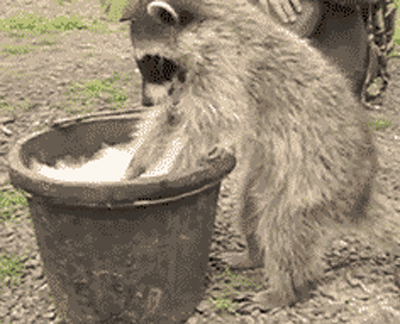 Raccoons are very adaptable animals, and after a few more weeks, they will slowly start going their way and will be less dependent on their mother.
Raccoons are very adaptable animals, and after a few more weeks, they will slowly start going their way and will be less dependent on their mother.
If you’re new to the challenging job of raising a raccoon, this guide will get you up to speed on what baby raccoons eat. It’s easy to ask and understand what baby raccoons eat. powdered milk with high-fat content is fine. Remember, if you want your little raccoon to grow up healthy, never try to feed whole milk to it.
You must feed a newborn raccoon up to five times a day for the first seven weeks of his life. To feed him at regular intervals, you’ll have to get out of bed during the night and respond to his demands for food.
What exactly do baby raccoons eat? They may easily overeat while they are nursing. Just enough should be given to your raccoon so that he feels satisfied. Wait until he begins to refuse the milk before offering him any more.
Massage the genital region after each feeding, and burp the raccoon at the same time. To assist it to relieve itself, use a cotton ball soaked in warm water to massage the area around his genitals.
You and your new pet raccoon will have an exciting few weeks early on. However, the newborn raccoon will be ready to start eating solid foods after the first few weeks.
WHAT DO BABY RACCOONS EAT APART FROM BOTTLED MILK?It’s not difficult to wean a raccoon, although certain individuals may be more difficult to bottle-break than others. When your pet reaches the seventh or eighth week of age, you can start offering some of the adult raccoon’s meals.
After they’re done playing with the bottle, your raccoon will show his omnivorous side and may start to consume almost anything. Even so, you should gradually introduce the food. You could, for example, add baby cereal to the milk or offer him a soft meal like fruit that he can chew on.
WHAT DO BABY RACCOONS EAT AFTER THE WEANING PERIOD? Baby Raccoons Can Eat Fish After Weaning PeriodIt will still be difficult to feed your raccoon after the weaning period. It may be simpler than bottle-feeding, but you will always have to maintain an eye on your pet’s diet.
It may be simpler than bottle-feeding, but you will always have to maintain an eye on your pet’s diet.
Raccoons can eat just about anything in the wild, and their diet is quite varied. The raccoon’s wild food is determined by his natural instincts and the various seasons and habitats he encounters. In contrast, a pet raccoon has no choice but to follow your instructions. It is entirely reliant on you for its nutrition.
It’s difficult to compare your raccoon to a dog or a cat. It is not that simple. Although canned food can sustain these typical pets, it will not support your pet raccoon. It may consume cat or dog food in a can, however only giving him that isn’t good for his health. Make certain to provide your baby raccoon with a variety of meals items on a daily basis and select the finest ones.
Baby Raccoons will eat just about anything you put in front of them, and they can eat a lot. You may select from among a wide range of edibles. Fresh vegetables, uncooked corn on the cob, fish, fruit, poultry, grain-free dog food, and eggs are some popular pet raccoon staples.
You must also satisfy his predatory instincts and offer mice, minnows, or insects to him from time to time. If at all feasible, don’t make these goodies readily available to your raccoon. Place them in a plastic container, hide them, or release the minnows into a basin of water if possible. Raccoons like exploring and competitions, which means finding a method to get the food keeps them occupied. As a consequence, your raccoon will be more cheerful, less bored, and less destructive within your home.
How To Feed Baby Raccoons? A Baby Raccoon in The WildIf you come across an abandoned baby raccoon and believe he is orphaned, you may need to care for him. After it’s moved to a new location or lost, you’ll need to get him warm and hydrated, then feed him with a milk replacement solution. Baby raccoons can be poisonous and carry germs, so handle them carefully and wear gloves.
Step 1:Make sure it’s not too cold. A baby raccoon can’t stomach food until it’s at the right temperature. If your baby raccoon has been out in the cold, he’ll need to be warmed up before eating. Warming him with a soft blanket and a hot water bottle is sufficient until he feels warm to the touch.
A baby raccoon can’t stomach food until it’s at the right temperature. If your baby raccoon has been out in the cold, he’ll need to be warmed up before eating. Warming him with a soft blanket and a hot water bottle is sufficient until he feels warm to the touch.
By pinching the baby raccoon’s skin, check for dehydration. When you pinch the skin, or if the eyes are sunken, it may be severely dehydrated and should be taken to a veterinarian immediately. If it appears only slightly dehydrated, offer him a rehydration solution (also known as Pedialyte) right away.
Step 3:Choose how much to feed it. The quantity you offer your infant raccoon will be determined by its weight, so you’ll need to weigh it first in grams. Plan to give it 5% of its body weight in milliliters at each feeding after you’ve measured its weight.
Step 4:It’s best to feed it with an eyedropper. It will most likely be best if you feed your baby raccoon with an eyedropper at first since you can regulate the amount of fluid he receives. Express the milk gradually into its mouth while holding it on its belly or slightly upright. It’s normal for the baby raccoon to struggle with the eyedropper at first. You may need to squeeze your hand around its muzzle in order for it to maintain a grip on the dropper.
Express the milk gradually into its mouth while holding it on its belly or slightly upright. It’s normal for the baby raccoon to struggle with the eyedropper at first. You may need to squeeze your hand around its muzzle in order for it to maintain a grip on the dropper.
Put it in a bottle. You may be able to transition from feeding with an eyedropper to feeding with a pet bottle after you’ve mastered the technique. These are readily available at most pet retailers. Lay the raccoon facedown or slightly upright, as with the eyedropper. Massage the raccoon’s back from his neck to his tail base to encourage a purring response and stimulate sucking by inserting the nipple of the bottle into his mouth.
Step 6:Waste removal should be stimulated. This step is critical to your baby raccoon’s survival. Mother raccoons frequently stimulate their young to urinate and defecate by licking them. As a surrogate raccoon mother, you’ll need to massage the raccoon’s feces with a warm washcloth or a feather.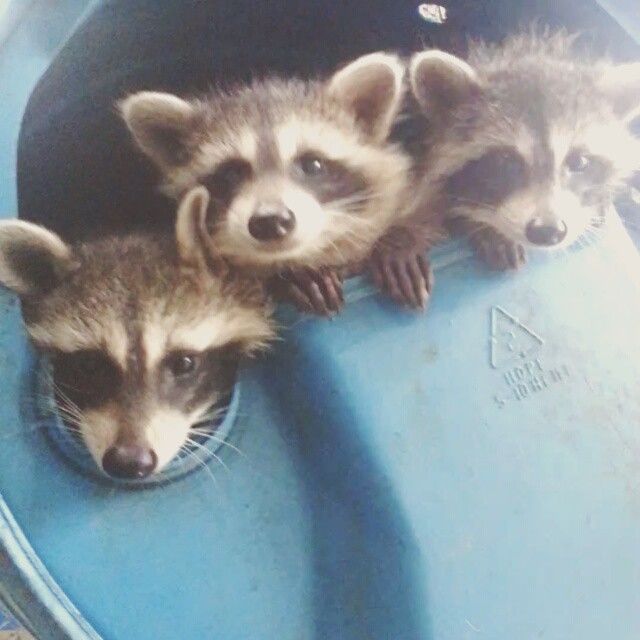 This must be done before and after each feeding until the baby raccoon is able to discharge waste on its own.
This must be done before and after each feeding until the baby raccoon is able to discharge waste on its own.
Mix the two together. When your baby raccoon’s teeth begin to grow, you’ll need to start including solid foods in its diet. Begin by combining a bit of crushed kitten food with its formula. Feeding canned eggs, soft fruits, and oatmeal soon thereafter is a good idea (just make sure they’re real).
What Are The Natural Predators of Baby Raccoons?The northern raccoon is a species of mammal that has black masks and lives throughout North America. They are predators and scavengers, and their grizzled black, gray, or brown fur allows them to blend in with their surroundings. They are most recognizable for their dark masks.
Coyotes
Coyotes are powerful and versatile hunters, capable of consuming anything from large prey to rubbish. They will consume raccoons, both adult and juvenile alike. Coyotes hunt in packs, but one coyote is enough to kill a single raccoon.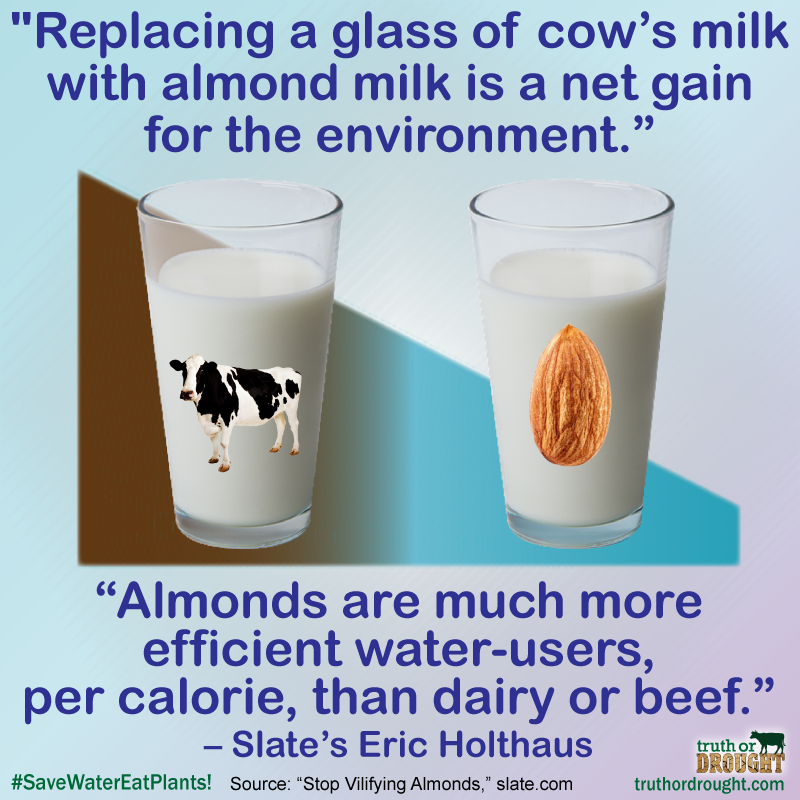
Owls
Great horned owls, according to the Michigan Natural History website, are big birds that range in length from 18 to 25 inches and have wingspans of 48 to 60 inches. Despite the fact that their diet generally consists of little mice and rats, cats will consume larger animals including opossums, raccoons, and skunks. While they typically avoid eating adult raccoons, they have been known to kill and consume them.
Foxes
Foxes, like raccoons, compete for the same food sources and live in similar climates. If given the opportunity, foxes will devour small, young raccoons. Fox urine is effective as a raccoon repellent. Foxes are high-level predators that prey on a variety of species including rabbits and snakes.
Wolves
Wolves are predators that subsist on meat, and though they do a lot of scavenging, they are also good hunters. To bring down a large beast species, wolves will hunt in packs, but a solitary wolf can easily kill a raccoon. Wolves prey on raccoons as well as other rodents such as shrews and hares.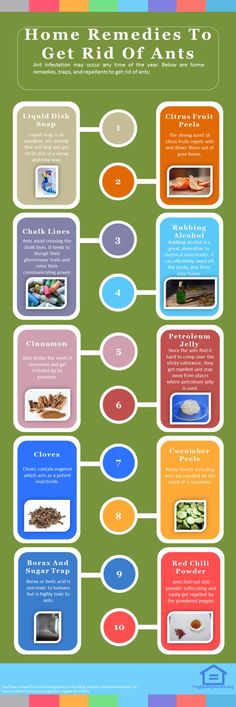
Large Cats
Raccoons are hunted by a variety of predators, including lynx, cougars, and pumas. If they have the opportunity, these huge predators assist to control the raccoon population. They can consume both juvenile and adult raccoons.
Humans
Raccoons are hunted for their fur and because they are considered pests. Raccoons will prey on chickens, which can lead to the spread of rabies. People will hunt raccoons using dogs and guns, capture them in traps or poison them. Some people will go after raccoons for food; however, others do it for the sake of competition.
How To Protect Baby Raccoons From Predators?Experienced raccoon parents build insulated and well-hidden dens, such as abandoned burrows of other animals or hollowed tree trunks, to avoid predators. Raccoons are able to get into areas that other animals cannot because of their hand movement and dexterity, which they use to pick up things in their environment and access places that would otherwise be inaccessible to other creatures.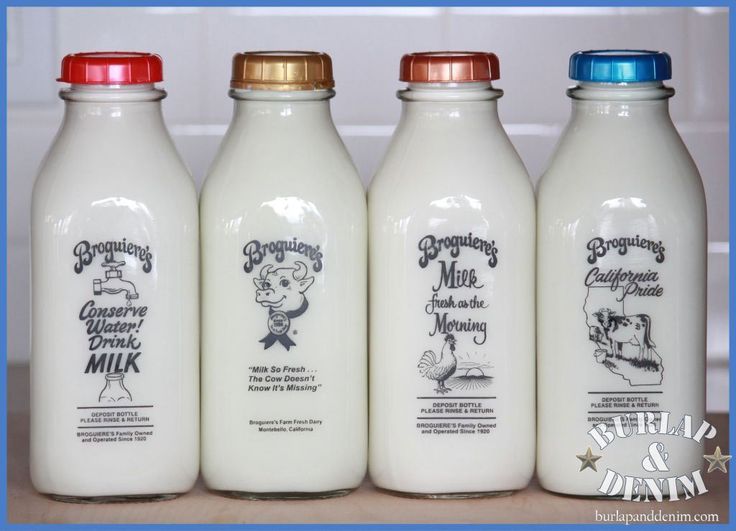
Infrequently maintained places, such as attics, barns, deck spaces, and basements, provide excellent security from virtually all dangers.
Amazon and the Amazon logo are trademarks of Amazon.com, Inc, or its affiliates.
How to feed a raccoon puppy | House of the Raccoon
Tiny
So, the long-awaited baby is home! What's next? How to feed a raccoon puppy ? What else is needed for him to survive and grow up healthy and cheerful? In short, the following is required: 1) Determine the approximate age of puppy and, more importantly, its development. 2) Feed correctly 3) Do massages 4) Provide a comfortable temperature and a safe place
Only puppies older than 2 weeks can be kept like this during feeding! NOTE! nine0003
Raccoon
All these moments are very important for the survival and rearing of the baby raccoon . None of them can be passed over as less significant. Let's take a look at each of these points in order and in as much detail as possible. So definition of age and development. Everything else depends on this. The age of a raccoon and its development are two different factors. In dogs and cats, most often the specific age of the puppy implies a specific development. In raccoons the situation is much more complicated. For example: Last year, one owner had two females at about the same time brought raccoon puppies . The conditions of keeping, feeding and care for both female raccoons were the same. Only the age of females and males-fathers of raccoon puppies differed. At the age of 3 weeks, the puppies of both females were about the same size, weight and behavior. But by 5 weeks, weight and behavior began to differ significantly. The babies of the first female at 5 weeks old began to open their eyes and actively crawl around the den. The second mother's children began to open their eyes only at 8 weeks.
Let's take a look at each of these points in order and in as much detail as possible. So definition of age and development. Everything else depends on this. The age of a raccoon and its development are two different factors. In dogs and cats, most often the specific age of the puppy implies a specific development. In raccoons the situation is much more complicated. For example: Last year, one owner had two females at about the same time brought raccoon puppies . The conditions of keeping, feeding and care for both female raccoons were the same. Only the age of females and males-fathers of raccoon puppies differed. At the age of 3 weeks, the puppies of both females were about the same size, weight and behavior. But by 5 weeks, weight and behavior began to differ significantly. The babies of the first female at 5 weeks old began to open their eyes and actively crawl around the den. The second mother's children began to open their eyes only at 8 weeks.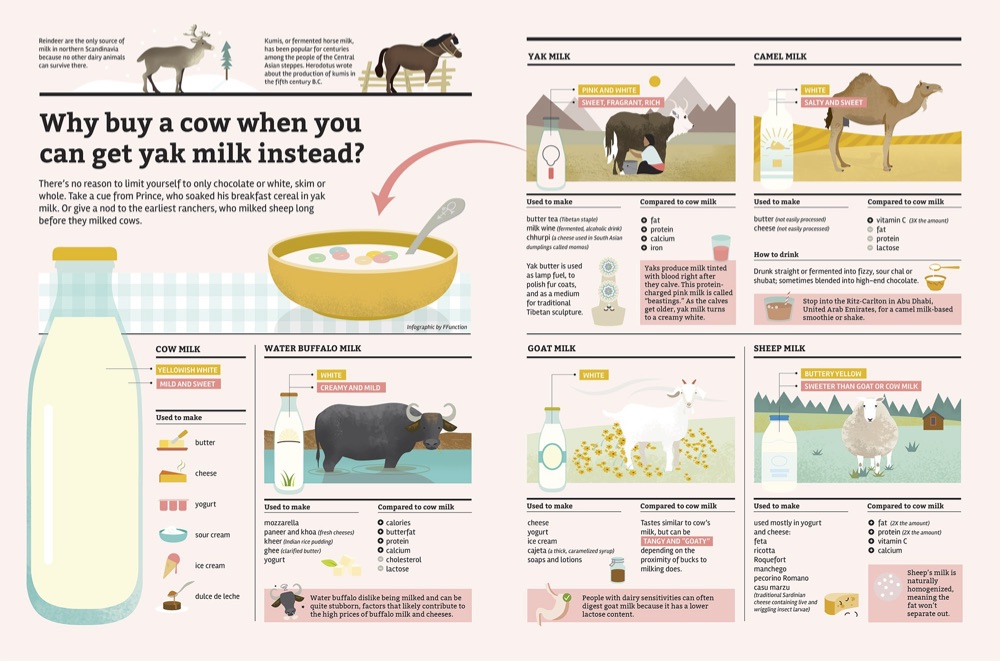 And active crawling out of the lair began at 9weeks. The babies of the first female at that time already saw perfectly well, kept well on their paws and began to try food from their mother's bowl. They were painlessly transferred to soaked dry food for small puppies under the mother at 7 weeks. The babies of the second mother, up to 12 weeks, had to be bottle-fed with a milk-banana mixture, and only by 16 weeks they began to eat solid food and firmly stood on their paws. This is the difference I have in mind when I talk about development. So, we examine our baby: 1) how confidently does he hold on to his paws, does he completely raise the body above the ground or do the paws spread and only sometimes does the baby collect them under him? Until the baby fully confidently stands on its paws, it will have to be fed from a bottle with a banana-milk mixture. Not to be confused with braiding the paws while moving! For a long time, the baby will learn to control them, especially when cornering, but he must confidently keep his body on them.
And active crawling out of the lair began at 9weeks. The babies of the first female at that time already saw perfectly well, kept well on their paws and began to try food from their mother's bowl. They were painlessly transferred to soaked dry food for small puppies under the mother at 7 weeks. The babies of the second mother, up to 12 weeks, had to be bottle-fed with a milk-banana mixture, and only by 16 weeks they began to eat solid food and firmly stood on their paws. This is the difference I have in mind when I talk about development. So, we examine our baby: 1) how confidently does he hold on to his paws, does he completely raise the body above the ground or do the paws spread and only sometimes does the baby collect them under him? Until the baby fully confidently stands on its paws, it will have to be fed from a bottle with a banana-milk mixture. Not to be confused with braiding the paws while moving! For a long time, the baby will learn to control them, especially when cornering, but he must confidently keep his body on them. 2) Eyes. Only if the baby has clean, without blue lanyards, completely open, meaningfully looking eyes, can he be fed “in an adult way”. If there is an infantile languor (blueness) on the eyes, if the gaze is wandering and inattentive, your food is in the bottle. So, we have formed two types of baby's age: for a bottle and for soaked food. And you can’t confuse them, ruin the baby! While the baby is feeding from a bottle, your obligatory worries are added: 1) Sterilization of the bottle 2) Massage of the tummy and anus until the result. 3) Temperature control
2) Eyes. Only if the baby has clean, without blue lanyards, completely open, meaningfully looking eyes, can he be fed “in an adult way”. If there is an infantile languor (blueness) on the eyes, if the gaze is wandering and inattentive, your food is in the bottle. So, we have formed two types of baby's age: for a bottle and for soaked food. And you can’t confuse them, ruin the baby! While the baby is feeding from a bottle, your obligatory worries are added: 1) Sterilization of the bottle 2) Massage of the tummy and anus until the result. 3) Temperature control
where to buy a raccoon
DO NOT hold the baby during feeding!!!!
4) Sucking reflex compensation (finger). At this age, babies are not yet able to regulate their body temperature. Easy to catch cold and overheat. This issue is best solved by placing the raccoon in a rather large cardboard box with high walls. We cover the box with terry towels. In one of the corners we put plastic one and a half liter bottles with warm water. When the baby is cold, he will climb into this corner. Bottles can be replaced with heating pads. But do not forget, firstly, to change the water more often as it cools down, and secondly, make sure that the baby has somewhere to crawl if it gets hot. These recommendations do not apply to babies who do not actively crawl themselves. How to deal with them, I will tell separately. nine0005 Feeding babies : So, very young babies, before opening their eyes, you can try to feed them with cat's milk replacer. NEVER FEED MILK!! This applies to all types of milk: cow's, goat's, lactose-free... There were cases of successful nursing in Russia, but there were also sad stories. Therefore, I decided to clarify this issue with foreign colleagues from the Forest Infant Rehabilitation Center in Canada. Their advice can be read here. Not every mixture is suitable - a milk replacer. In Russia, it is desirable to find one. If there are discrepancies in the articles, please clarify in the comments: now we are closely studying this issue.
When the baby is cold, he will climb into this corner. Bottles can be replaced with heating pads. But do not forget, firstly, to change the water more often as it cools down, and secondly, make sure that the baby has somewhere to crawl if it gets hot. These recommendations do not apply to babies who do not actively crawl themselves. How to deal with them, I will tell separately. nine0005 Feeding babies : So, very young babies, before opening their eyes, you can try to feed them with cat's milk replacer. NEVER FEED MILK!! This applies to all types of milk: cow's, goat's, lactose-free... There were cases of successful nursing in Russia, but there were also sad stories. Therefore, I decided to clarify this issue with foreign colleagues from the Forest Infant Rehabilitation Center in Canada. Their advice can be read here. Not every mixture is suitable - a milk replacer. In Russia, it is desirable to find one. If there are discrepancies in the articles, please clarify in the comments: now we are closely studying this issue.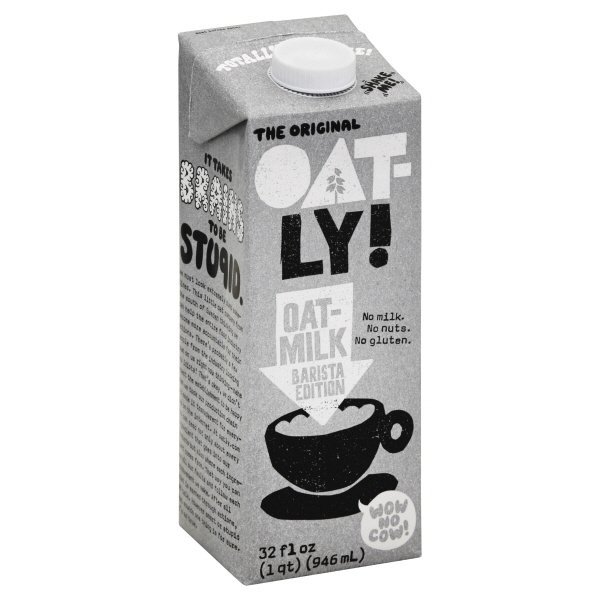 nine0003
nine0003
Here it is important not to overfeed the baby, but also not to starve. After feeding, the raccoon puppy should calmly sleep sweetly for 3-4 hours. If he wakes up earlier, you are underfeeding; if he sleeps further, you are overfeeding. Daily weighing is not unimportant! Weight must always increase! Let just a little, but grow. Therefore, you will definitely need electronic scales. Also during this period, massage of the tummy and perineum is especially important. Enetenok himself can neither write nor poop. Massage of the tummy is performed immediately after feeding and in the interval between feedings. The massage is performed as follows: with soft circular movements clockwise we stroke the tummy, slightly pressing. After two or three minutes of massage, lift the ponytail almost perpendicular to the back and slap the anus with gentle movements, lifting the ass with an upward movement. In case of constipation, first lubricate the ass with plenty of Vaseline. Next, we put the raccoon on the palm, so that the index finger is on the raccoon's pussy, and pat it until urination.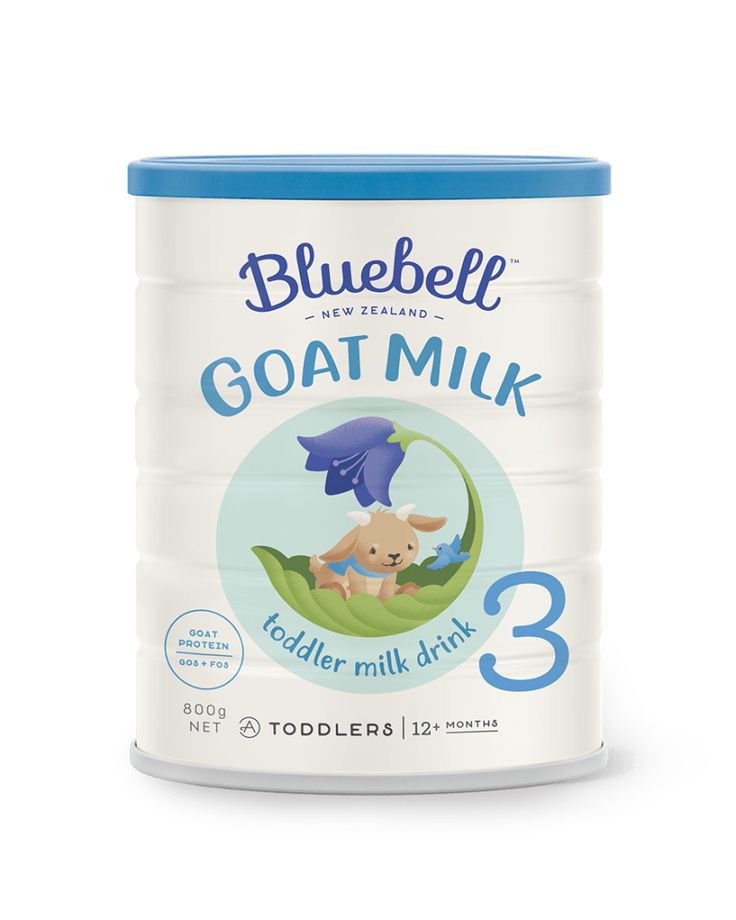 Ideally, the chair should be after each feeding. And if this does not happen, we repeat the massage every 40-50 minutes until the result. The main thing is that the tummy is soft and painless. In case something worries you, read "first aid for a baby: tummy hurts." If the baby drinks 40 ml of milk, eagerly, without releasing the bottle, but sleeps for only an hour and wakes up again, there is a reason to increase the nutritional value of milk. In each feeding, we begin to add a slice of banana to milk, we start with a piece of banana 1 cm thick. The next feeding is already 3 cm and if diarrhea does not appear, in the next feeding we already make a mixture of half a banana and 100 ml of milk. If the baby is weakened, leave the banana share small and add 1 tablespoon of rice water. Banana + milk - the main mixture for feeding a baby raccoon of the first period of development. When loose stools appear, a spoonful of rice broth or a spoonful of oak bark decoction is added to the mixture. If mucus appears in the stool, an admixture of blood, or it has acquired a green color or a fetid odor, these are good reasons to see a doctor.
Ideally, the chair should be after each feeding. And if this does not happen, we repeat the massage every 40-50 minutes until the result. The main thing is that the tummy is soft and painless. In case something worries you, read "first aid for a baby: tummy hurts." If the baby drinks 40 ml of milk, eagerly, without releasing the bottle, but sleeps for only an hour and wakes up again, there is a reason to increase the nutritional value of milk. In each feeding, we begin to add a slice of banana to milk, we start with a piece of banana 1 cm thick. The next feeding is already 3 cm and if diarrhea does not appear, in the next feeding we already make a mixture of half a banana and 100 ml of milk. If the baby is weakened, leave the banana share small and add 1 tablespoon of rice water. Banana + milk - the main mixture for feeding a baby raccoon of the first period of development. When loose stools appear, a spoonful of rice broth or a spoonful of oak bark decoction is added to the mixture. If mucus appears in the stool, an admixture of blood, or it has acquired a green color or a fetid odor, these are good reasons to see a doctor. The ways of feeding the baby of the first period of development are varied and are selected from the preferences of the baby. Someone successfully learns to suck a nipple on a bottle, someone can be fed only from a syringe without a needle and kutya, someone begins to lap from a saucer, getting into it with all four paws. In Canada, feeding through a wheat straw or a cocktail tube directly from the owner's mouth is popular. Raccoons are stubborn and stubborn. And that's how they are born. And no hunger will make a youngster suck a pacifier if he doesn't like it. The first attempts in any case will take place with a fight and squeals. But if you are attentive and patient, you will quickly feel for yourself exactly how, in what way your baby agrees to eat. I wish you success. nine0003
The ways of feeding the baby of the first period of development are varied and are selected from the preferences of the baby. Someone successfully learns to suck a nipple on a bottle, someone can be fed only from a syringe without a needle and kutya, someone begins to lap from a saucer, getting into it with all four paws. In Canada, feeding through a wheat straw or a cocktail tube directly from the owner's mouth is popular. Raccoons are stubborn and stubborn. And that's how they are born. And no hunger will make a youngster suck a pacifier if he doesn't like it. The first attempts in any case will take place with a fight and squeals. But if you are attentive and patient, you will quickly feel for yourself exactly how, in what way your baby agrees to eat. I wish you success. nine0003
feeding raccoon puppies
| Age (weeks) | Feeding formula | Important | Special care |
| Birth to 1 week 60-140 grams Eyes and ears closed muzzle mask and tail rings barely visible scanty fluff of fur on the back and sides, no fur on the belly
| Serving 3 - 7 ml. nutrition (this is approximately 5% of body weight) 7-8 times a day every 2.5 - 3 hours, including night feedings. An example of a feeding schedule for 8 times a day: 7:00,9:30, at 12 :00, 14:30, 17:00, 19:30, 22:00, plus once during the night. nutrition (this is approximately 5% of body weight) 7-8 times a day every 2.5 - 3 hours, including night feedings. An example of a feeding schedule for 8 times a day: 7:00,9:30, at 12 :00, 14:30, 17:00, 19:30, 22:00, plus once during the night. Example of a feeding schedule for 7 times a day: 7:00, 10:00, 13:00, 16:00, 19:00, 22:00, plus one during the night. Feeding formula should be warmer than body temperature as it cools quickly as it passes through the nipple or feeding syringe, so keep the feeding bottle in a larger cup of warm water while feeding. nine0003 | Keep baby warm in a pet carrier or small closed box with breathing holes. Protect them from drafts, and create a cozy nest with several layers of soft fabric. Change bedding twice a day, and wash them without using rinse aid because the smell is bad for babies' respiratory system. Provide outside warmth by putting a heating pad or a bottle of warm water wrapped in a soft cloth. Make sure it doesn't leak and isn't too hot for the baby to cuddle up with.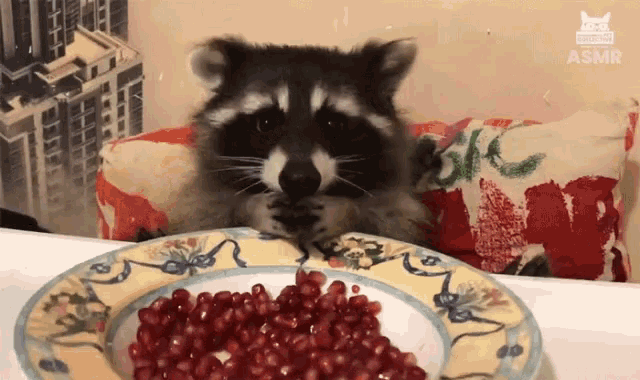 Change before next feeding or when cool. nine0044 Change before next feeding or when cool. nine0044 | Keep baby warm at all feeding times by wrapping in a warm cloth, cage or box at all times with a heating pad or hot water bottle. Feed him in a quiet, warm environment with no distractions. Try to provide extra sucking time by wearing latex gloves over light cotton gloves and letting them suck your fingers for 10 or 15 minutes after each feed. Stimulate him at every feed by gently stroking the genital area with a wet finger or Q-tip or soft damp cloth until he has finished urinating and/or defecation. nine0003 Thoroughly wash face, neck and chin after each feeding. After the baby has digested the food, the stool should be formed and golden brown. Maintain proper hygiene, as raccoon feces can contain parasites. |
| 2 weeks190-225 grams slightly pubescent no belly fur Eyes and ears closed | Serving 9.5 - 11.3 ml nutrition (that's about 5% of body weight) 6 times a day every 3 hours Example of a feeding schedule for 6 times a day: 7:00, 10:00, 13:00, 16:00, 19:00, 22:0 |
Same as |
Same as |
3 weeks 320-400 gr. full fur Eyes open at about 3 weeks (18 to 24 days of age)
| Serving 16 - 20 ml nutrition (that's about 5% of body weight) 6 times a day every 3 hours | Same as | The same Since babies become more inquisitive after opening their eyes, it is important to continue feeding them in a quiet room without any distractions. Babies can already suck from a bottle on their own. If you have several babies, you can secure several bottles on a wooden base with rubber rings. |
| 4 weeks450-550 grams
| Serving 22.5 - 27.5 ml nutrition (5% of body weight) nine0002 or Serving 31.5 - 38.5 ml (7% of body weight) 5 times a day every 3.5 hours Example of a feeding schedule for 5 times a day: 7:00, 10:30, 14:00, 17:30, 21:00 | Same as | Same as |
| 5 weeks600-700 grams | Serving 30-35 ml nutrition (5% of body weight) OR Serving 42 - 49 ml (7% of body weight) 4 times a day every 4 hours Example of a feeding schedule for 4 times a day: 7:00, 11:00, 15:00, 19:00 | Same as | After a week or two of babies have opened their eyes, they can urinate on their own, you can start to teach them to go to the toilet on paper towels. You can encourage them to urinate so they know where to go. Constantly monitor the cleanliness in the cage, change paper towels in a timely manner. You can encourage them to urinate so they know where to go. Constantly monitor the cleanliness in the cage, change paper towels in a timely manner. |
| 6 weeks750-820 grams | Serving 37.5 - 41ml nutrition (5% of body weight) OR Serving 52.3 - 55.4 ml (7% of body weight) 4 times a day every 4 hours Example of a feeding schedule for 4 times a day: 7:00, 11:00, 15:00, 19:00 Solid foods, good quality puppy food and cut fruit (grapes and bananas are preferred) may be introduced. Soak puppy food with nutrition first or mix banana puree with nutrition. Heat in the microwave until the granules are completely dissolved.
| Provide a source of clean drinking water, wash a cup of water several times a day and change the water. nine0003 | You can use sand or kitten litter for potty training. The cage and tray should be cleaned and washed frequently, and the bedding should be changed daily. |
| 7 weeks900-1000 grams | Serving 45 - 5 0ml nutrition (5% of body weight) OR nine0002 Portion 63 - 70 ml (7% of body weight) 4 times a day every 4 hours Example of a feeding schedule for 4 times a day: 7:00, 11:00, 15:00, 19:00 After they eat puppy food, stop soaking it and increase the amount of solid food. | Same as | Same as |
| 8 - 10 weeks 1000-1450 g | Serving 50 - 72.5ml nutrition (5% of body weight) OR Serving up to 80 ml per feeding 3 times a day every 5 hours Example of a feeding schedule for 3 times a day: 8:00, 13:00, 18:00 | Same as | Weaning Note: Do not increase feed volume above 80 ml, feed more solid food, and if the raccoons are not fed, they will be forced to eat solid food. |
| 10 - 16 weeks Raccoons born in the spring (March - May) should weigh about 6-7 kg by August-September at 16-18 weeks. | Feeding puppy food (about 2/3 of the diet) and fresh fruits and vegetables (about 1/3 of the diet). Adult dog food does not meet all the needs of a growing animal. | In the cage, make hammocks from hard fabric and ropes, various climbing frames, hang swings from tires. |
You can read more about keeping raccoons at home in the book "Poloskun Raccoon" https://ridero.ru/books/enot-poloskun/
Feeding newborn raccoons | Raccoon House
Correct feeding posture and bottle size
It sometimes happens that a mother raccoon refuses newborn raccoon puppies. Or trying to wash out or bite. in this case, one hope for salvation is artificial feeding. But this is a complex and very responsible business. For advice, I turned to foreign rescuers of forest babies. And here I am only quoting their recommendations. With some of my comments. nine0003
Or trying to wash out or bite. in this case, one hope for salvation is artificial feeding. But this is a complex and very responsible business. For advice, I turned to foreign rescuers of forest babies. And here I am only quoting their recommendations. With some of my comments. nine0003
So, first and foremost: don't panic! Kids are quite viable and strong. On the first day, your main task is not to catch a cold and not overheat the baby. Ideally, you will need a cardboard box about 30 cm in height, length, width. We cover it with faux fur or terry towels. Inside we put a plastic 0.5 l bottle with warm water. So that it warmed pleasantly, but did not burn. We put a raccoon puppy there. Now we have 5-7 hours to get a very small feeding bottle. A doll bottle will do. Or for kittens. And a cat's milk replacer from 0 days. Good quality brand. Dilute it according to the instructions and add the same amount of water. We will reduce this excess water from the second or third day very slowly.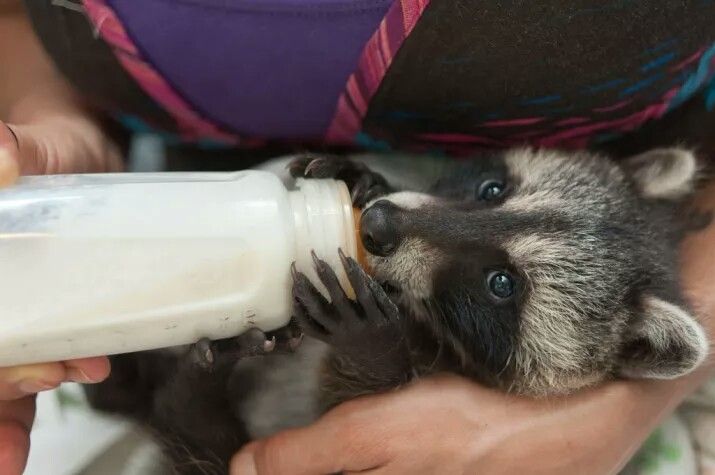

 Provide toys - natural ones are best - acorns, cones, small twigs, bark, limestone chunks, shells, rocks/pebbles, flower seeds, etc., but hard dog toys, cat toys, children's toys are fine too.
Provide toys - natural ones are best - acorns, cones, small twigs, bark, limestone chunks, shells, rocks/pebbles, flower seeds, etc., but hard dog toys, cat toys, children's toys are fine too. 

